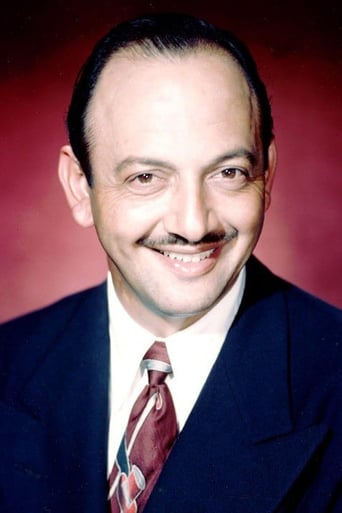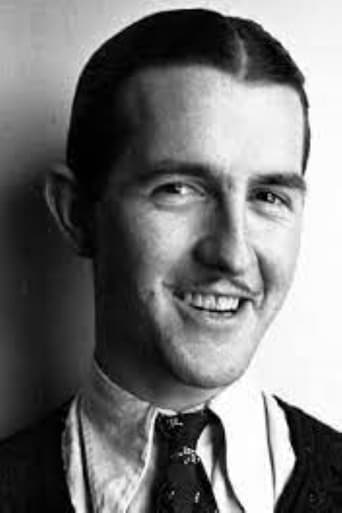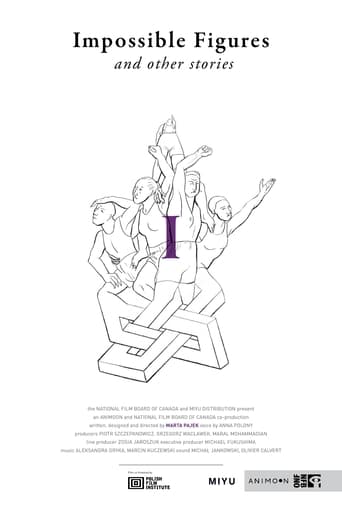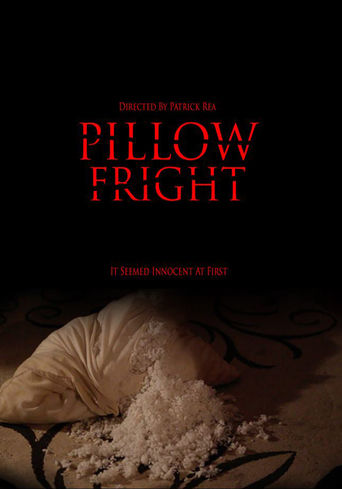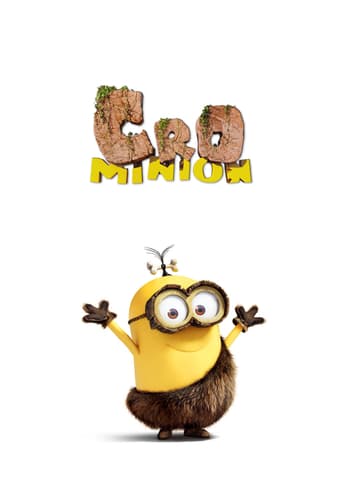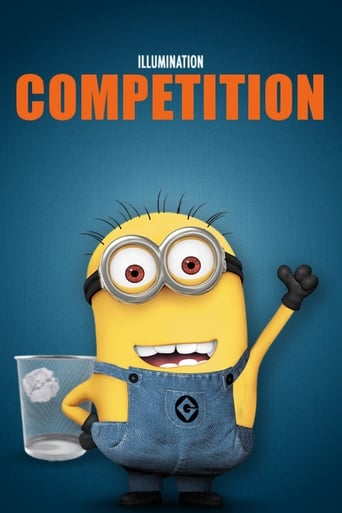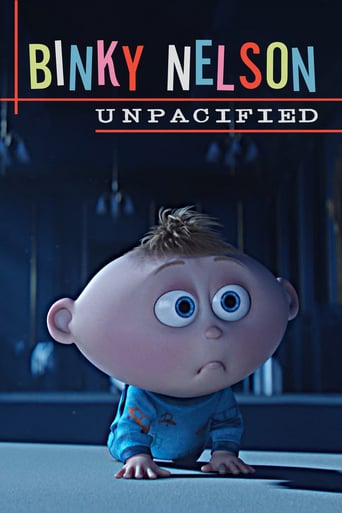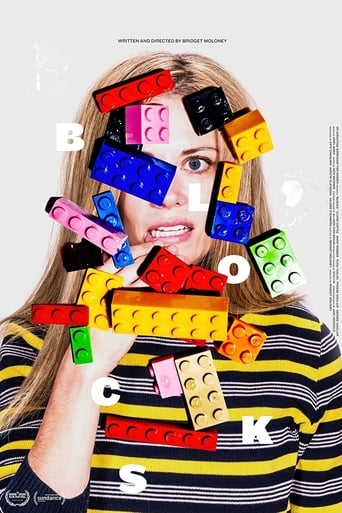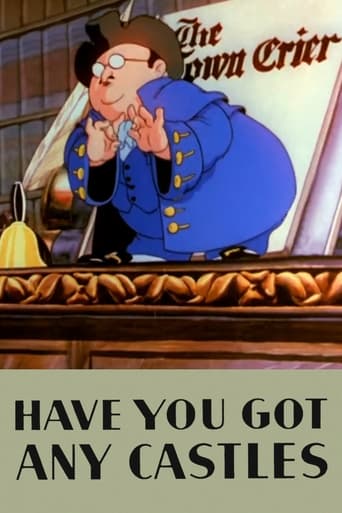

Have You Got Any Castles? (1938)
Another entry in the "books come alive" subgenre, with possibly more books coming alive than any other. We begin with some musical numbers, notably the various pages of Green Pastures all joining in on a song, The Thin Man entering The White House Cookbook and exiting much fatter, and The House of Seven (Clark) Gables singing backup to Old King Cole. The Three Musketeers break loose, become Three Men on a Horse, grab the Seven Keys to Baldpate, and set the Prisoner of Zenda free. They are soon chased by horsemen from The Charge of the Light Brigade and Under Two Flags and beset by the cannons of All Quiet on the Western Front. All this disturbs the sleep of Rip Van Winkle, who opens Hurricane so that everyone is (all together now) Gone with the Wind.
Watch Trailer
Cast
Similar titles
Reviews
Yawn. Poorly Filmed Snooze Fest.
Beautiful, moving film.
This is one of the few movies I've ever seen where the whole audience broke into spontaneous, loud applause a third of the way in.
A movie that not only functions as a solid scarefest but a razor-sharp satire.
The "town crier" inside a warm house on a snowy winter night dazzles us with his vocabulary, introducing us to various literature characters who come to life in this home's big library.Most of the characters were people seen on screen in the mid '30s, actors like Paul Muni (The Story of Louis Pasteur) or Williams Powell (Nick Charles of The Thin Man fame) or, well.....there are so many I'm not going to list them all. It starts with four horror stories: Dr. Jekyl and Mr. Hyde, Fu Manchu, The Phantom of the Opera and Frankenstein and runs the game to Topper, the Invisible Man, The Good Earth, The 39 Steps, on and on and on. We see dancers and singers like Bill Robinson and Cab Calloway represent some of the titles. With all the jokes and sight gags poured into this, you get a lot of silly, stupid, clever and funny, some of it depending on how familiar you are with the characters, and how much you enjoy puns.My personal opinion would involve three "c words" - clever, cute and colorful. Having seen almost all of those classic films, I thought this was a lot of fun to watch.
One of the first things that I noticed about "Have You Got Any Castles?" was the racist portrayals of certain characters (Fu Manchu, Uncle Tom's Cabin). Other than that, it was a pretty neat entry in the "books come alive" genre. A previous reviewer noted that most of the books portrayed in this cartoon are books that had recently been turned into movies when the cartoon came out, and the characters in the books resemble the actors from their respective movies (Charles Laughton in "Mutiny on the Bounty", Victor McLaglen in "The Informer", etc). It was probably intended to appeal more to the movie-going audience than to bookworms. But of course, isn't it easier just to watch the movie than to read the book? Thinking about this cartoon in its historical context, I can't help but imagine what it would look like nowadays. Many of the novels portrayed would be pretty grim (e.g., anything by Stephen King), and there might be a number of political books, cookbooks, self-help books and foreign language dictionaries. Out of "The Shining", Jack Nicholson would chop a hole in a door and say "Here's Johnny!"; out of the James Bond novels, Sean Connery would bed the world's hottest babes; and then there would be Noam Chomsky's various books about US-foreign policy. Go figure! Anyway, it's a cartoon worth seeing. So is "Book Revue", starring Daffy Duck.
A previous reviewer wrote "The reference to Ferber's "So Big" makes fun of a vain actress. (I'm not positive about that caricature. Katharine Hepburn perhaps? She had been box office poison for some time.)"That was Greta Garbo. The urban legend about the size of her feet was current at the time, and several of these shorts (e.g., Hollywood Steps Out) reference that.The part about these 'topical' shorts that surprises me - my nine year old son, who has NO idea who any of these people are, watches these with almost as much enjoyment as the more timeless episodes. Some of the bits - Bill 'Bojangles' Robinson tap dancing up The 39 Steps, or the hideously dated images in the Cab Calloway sequence - which may strike him as offensive in years to come, just blend in with the rest for him right now.
As entertainment, this cartoon is really just a sequence of throwaway gags. Characters from literature and popular fiction participate in a series of mostly bad visual puns. That's the premise. The cartoon's interest actually lies elsewhere.While we're ostensibly seeing a parody of great books, nearly every book referred to had been a film a few years prior to the release of the cartoon.A few of the references unmistakably caricature the star of the earlier film: William Powell in "The Thin Man" series, Paul Muni in "The Story of Louis Pasteur", Charles Laughton as Captain Bligh, Edward Arnold as "Diamond Jim" Brady, Victor McLaglen as "The Informer".Some of the gags have no real connection to the book and film: Heidi sings like Cab Calloway (hey, "Hi-De-Ho"). (And a movie audience of smirking hepcats would rather hear zoot-suited Cab than precocious Shirley Temple, anyway.) The reference to Ferber's "So Big" makes fun of a vain actress. (I'm not positive about that caricature. Katharine Hepburn perhaps? She had been box office poison for some time.) "So Red the Rose" is retitled "Nose" for a "poke" at W.C. Fields. That's not irreverent; that's an obvious buttress for his profitable screen persona.It's plain to see that books as such are secondary. The jokes in effect are affirming a smug moviegoer's inexperience with actual literature by only showing what had been processed, and pasteurized, at the Hollywood film factory.So we are really given a glimpse at what had succeeded in making an impression on the popular culture by 1938. As far as I can see, the films honoured by inclusion are all recent products of the studio system, with only a few exceptions.One clearly British film is alluded to, "The 39 Steps" (1935). Does that imply that Hitchcock was making a real impact on the American mass market? Certainly Hitch came over to the States not long after 1938 (and he had made "Sabotage" in 1936 with an imported U.S. cast).There is also what I take as a direct reference to the banquet scene from Alexander Korda's "The Private Life of Henry VIII" (1933). Henry Tudor may have been corpulent but he was noted more for his wives than for his feasting, which is why I think the brief reference to Henry evokes this film. Was Korda's film well known in its own right? Or was it simply due to the presence of Laughton, the only person seemingly parodied twice in this cartoon, once allusively in this British film, and once explicitly in "Mutiny on the Bounty", an American film?Only one silent film unequivocally finds a place here. That's the Lon Chaney "Phantom of the Opera" from 1925, specifically its Masque of the Red Death episode with the Chaney character wearing his striking skull mask. Does that represent the fullest extent of the memories of 1938 picture show patrons?There are a couple of books whose cinematic incarnations are not all that impressive on their own, and which cannot reasonably account for the books' inclusion here in pastiche form. Therefore one can conclude that "Robinson Crusoe" and "Uncle Tom's Cabin" were books that people were aware of as books. But the list really is that short. Hawthorne's "House of the Seven Gables" is here too. It had not been a film within recent memory. One suspects strongly that the pun potential was too great to let that one get away, not that Hawthorne was cresting a wave of popular adulation at the time.Otherwise, practically the only book mentioned which had *never* been made into a movie was "Gone With The Wind". Hmm, is there any chance that that book became a popular film AFTER 1938?In fact, was the Margaret Mitchell book slated for production already by that year? Surely the rights had been sold by then. The book was published in 1936 and was a phenomenon from the outset, a veritable Wirtschaftswunder, a happenstance hapax legomenon. Yeah, it was a popular read alright. So including it here with the other books would represent a foregone conclusion; there would definitely have to be a film sooner or later, and probably sooner.John Ford's "Drums Along the Mohawk" (1939) may also fall into this category of publishing successes coming soon to a theatre near you. Cartoonists read the industry scuttlebutt in Variety too.(Try this on for size: "Ub drubs pubs' flubs". (Hey, you think it's easy thinking up bogus Variety headlines? Just try it!) Interpret that as, "Animator lampoons foolish books".)In conclusion then, I would characterize this unusual cartoon as a notable historical curiosity which should happen to have broad appeal for film buffs. It allows us to exercise our arcane movie knowledge. (Or should that be exorcise?)
